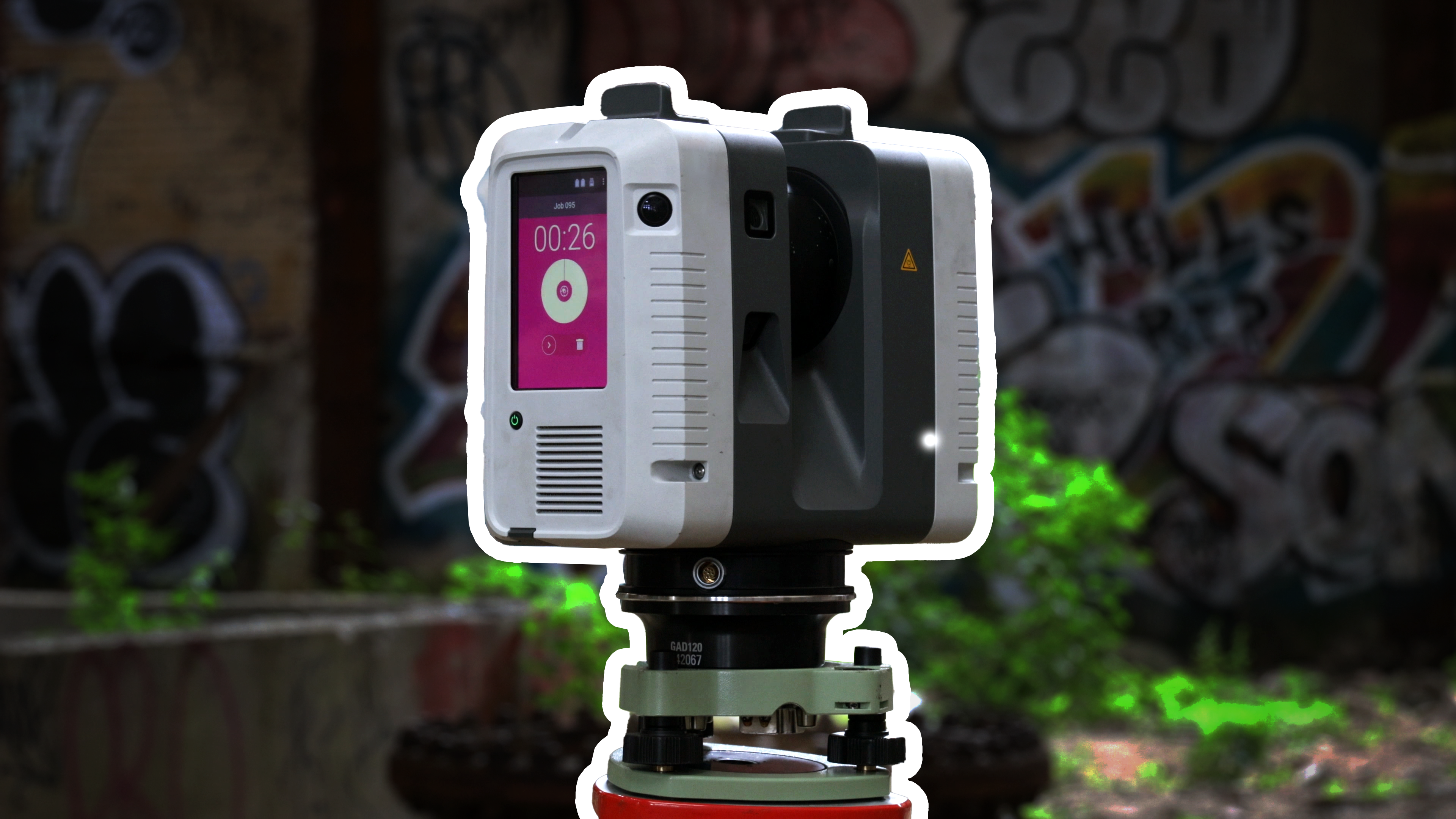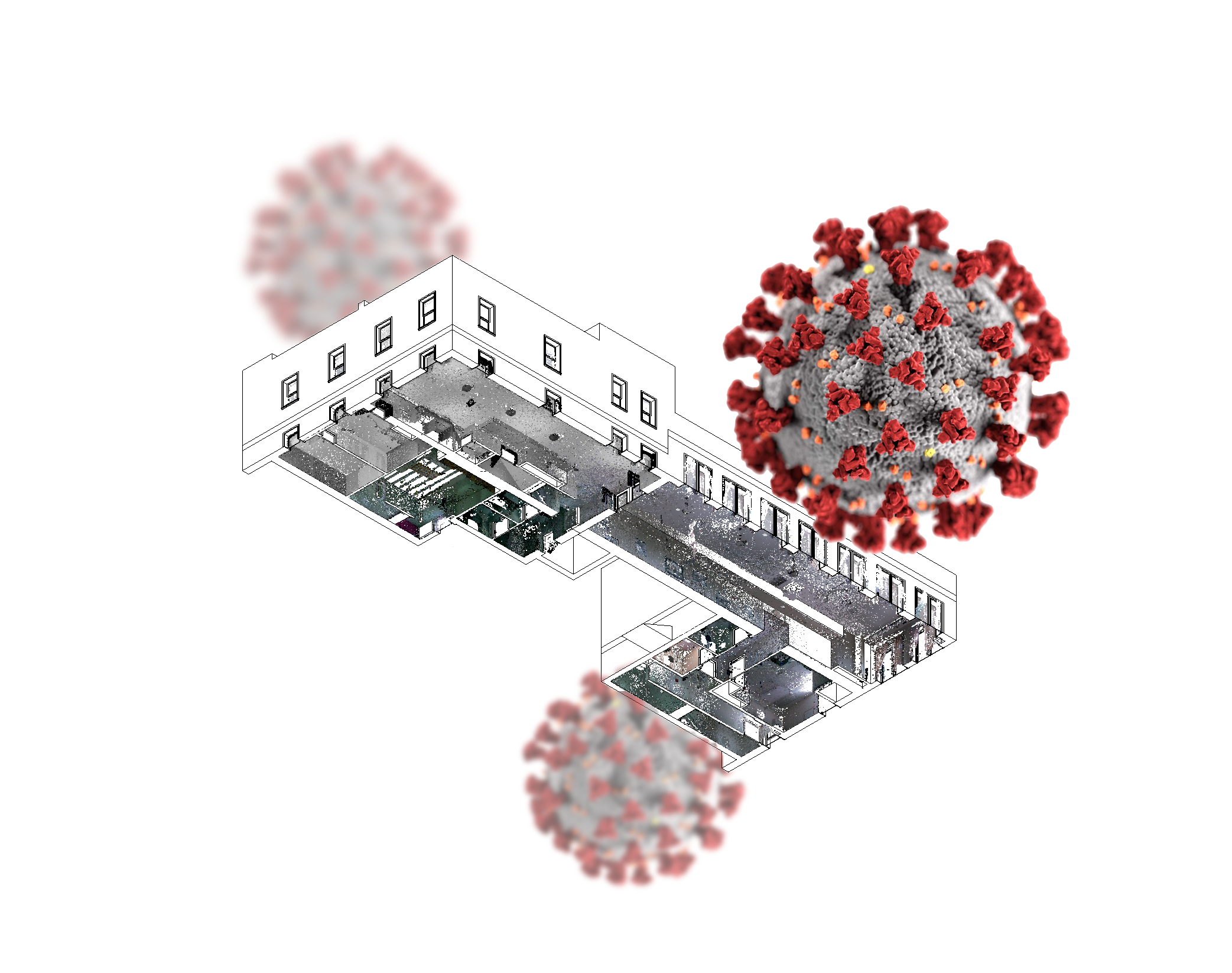
Robotic ImagingFebruary 23, 2022
With multiple firms and organizations dedicated to preserving historic architectural sites, new technological developments play a critical role in how this industry preserves these special spaces. Laser scanning and its new expansive developments, is unquestionably the most exciting and opportunistic aspect of historic preservation.
Laser scanning has quickly become a critical key tool to document and later analyze and preserve historic sites for future generations to enjoy. Naturally, the structural integrity of buildings tend to degrade over time. Preserving historic buildings always has unpredictable risks. But, through detailed data sets, produced by point cloud data extracted from an initial laser scan, these sites can better be restored and foresee potential issues.
Suggested reading: If you want to learn more about point clouds, check out this article.
Unfortunately, some historical sites have already perished. LiDAR technology and laser scanning can work beyond restoration work. Point cloud data can be used to recreate and reconstruct an original environment. People would have the capability to experience a site as it formerly was.
So, whether the industry needs to utilize point cloud data and scanning to strategically reconstruct a historic building or use it to create a virtual reality for others, laser scanning offers this industry incredible opportunities.

